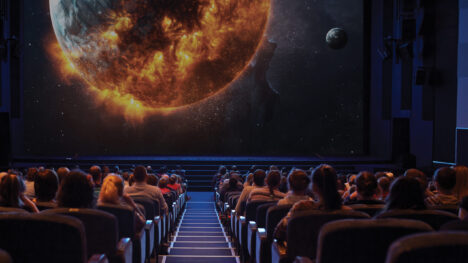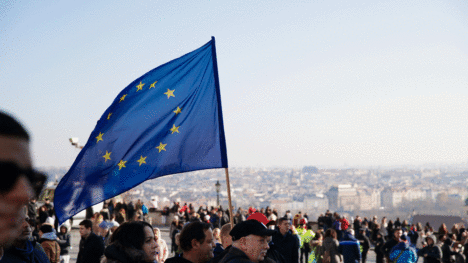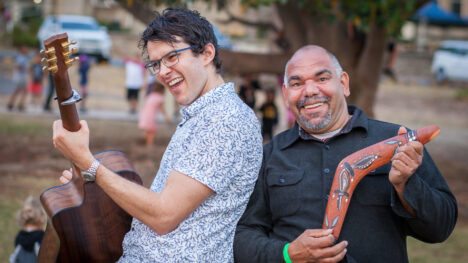
Several years ago, I had the opportunity to tour south Te Waipounamu (the South Island of Aotearoa New Zealand). Flying first into Invercargill, I made my way north, excitedly anticipating iconic tourist spots such as Queenstown, Milford Sound, Wanaka and more. However, on the way, the sleepy town of Te Anau caught me by surprise, captivating me in a way that I didn’t expect.
Te Anau is a tiny settlement of fewer than 3000 inhabitants and it’s perched on the southern end of the Milford Track. Its second-most striking feature is Lake Te Anau, which is the second-largest lake in Aotearoa after Lake Taupō in Te Ika-a-Māui (the North Island). The lake itself is 65km long and is fed by three fiords—the only inland fiords in New Zealand. Te Anau’s most striking feature is not the lake itself, but the mountains that encircle it. Mount Lyall, the Murchison Mountains, the famed Kepler Track and more can all be viewed from the waterfront, rising precipitously out of the lake and into the heavens. One evening, I and my travelling companions took a walk beside the lake and got to experience the incredible beauty of a Te Anau sunset. The sun sets in-between the western mountain peaks, with stray beams of light filtering through the mist and cloud that gathers at their peaks. What we experienced was a brilliant light show of gold, orange and purple.
As I reflected, I had to ask myself: Why am I so affected by this place in particular? There are surely more beautiful places in New Zealand, right? Most flock to Queenstown during the tourist season, skiing the slopes of The Remarkables, or to Lake Wanaka to capture a photo of the famous Wanaka Willow. Then there’s the Church of the Good Shepherd next to Lake Tekapo, surrounded (in summer) with the area’s iconic purple lupins. Or, on the doorstep of Te Anau itself is Milford Sound, the crown jewel of Fiordland National Park.
But of all of the South Island’s qualities, it was Te Anau’s stoic grandeur that captured my heart. New Zealanders have a trademark understatedness about them. Even famous Kiwis like Burt Munro, Richie McCaw, Edmund Hillary or Sam Neill are known as much for their humility as they are for their outstanding achievements. To me, Te Anau epitomises this sentiment. Its simple, breathtaking beauty speaks for itself. It doesn’t need marketing or promotion. It is indifferent to human endeavour, is without insecurity and does not need to prove itself. Its awe-inspiring glory was here before I was born and will remain long after I’m gone.
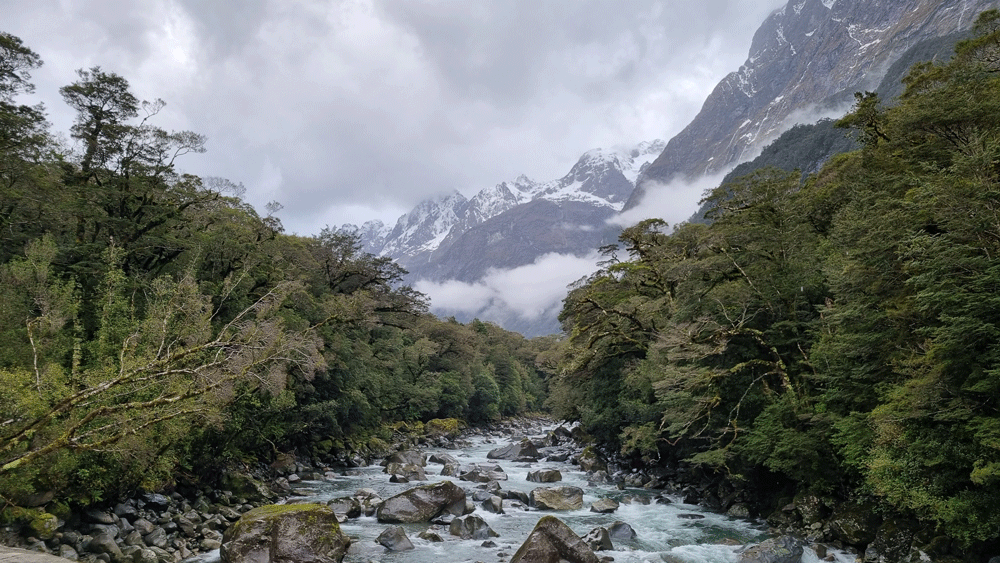
Prepping for doomsday
Another strange scene is unfolding not far from Lake Te Anau. In the hills surrounding Queenstown, a small, exclusive community is reportedly being built. Rumours abound of wealthy Americans like Peter Thiel and James Cameron buying up remote properties for the purpose of constructing doomsday bunkers. Though denied by local authorities and construction companies alike, the rumours persist. Buoyed by the Covid-19 lockdowns when many wealthy Americans sought the shelter of affluent, out-of-the-way places like Queenstown, there seems to be a rising awareness in the ultra-rich of the need to have a place to shelter should the world go pear-shaped.
This shouldn’t be surprising, given the current state of our planet. As if the Covid-19 pandemic wasn’t enough, since 2020 we’ve witnessed the so-called “Great Resignation”, a horrific (and at the time of writing, ongoing) war in both Ukraine and Israel, as well as a cost-of-living crisis that threatens to plunge the world into recession. Were you to ask the average person how they think things are going today, I’d suspect it wouldn’t be positive, overall. I’ll admit, even as a person of faith, it’s sometimes difficult to stay optimistic in the midst of it all. However, as a follower of Jesus, there’s an aspect of my faith that gives me perspective.
Ancient hope, future expectation
If you were a Jew living in ancient Israel, there was a day you looked forward to with great expectation: the “Day of the Lord”. Influenced by the readings of the scrolls of Isaiah and Amos in the synagogue your whole life and coloured by your everyday experience, it was a day you longed for. You would long for the empire that trod on your neck to be defeated. You would long for all the tyrants to be punished and their victims to be vindicated. You would long for the corrupt systems of government to be abolished and a new kingdom—the eternal Kingdom of God—to be inaugurated. In the first century, early Christians adopted this hope, with one notable addition. They began to see Jesus of Nazareth as the central figure of this impending day. His birth and ministry in the first century was the precursor to the ultimate time when peace would reign, evildoers will receive justice, and the world, broken and scarred as it was, would be forever healed. As John the Revelator says:
“Then I saw ‘A new heaven and a new earth,’ for the first heaven and the first earth had passed away, and there was no longer any sea. I saw the Holy City, the new Jerusalem, coming down out of heaven from God, prepared as a bride beautifully dressed for her husband. And I heard a loud voice from the throne saying, ‘Look! God’s dwelling place is now among the people, and he will dwell with them. They will be his people, and God himself will be with them and be their God. He will wipe every tear from their eyes. There will be no more death or mourning or crying or pain, for the old order of things has passed away’” (Revelation 21:1–4).
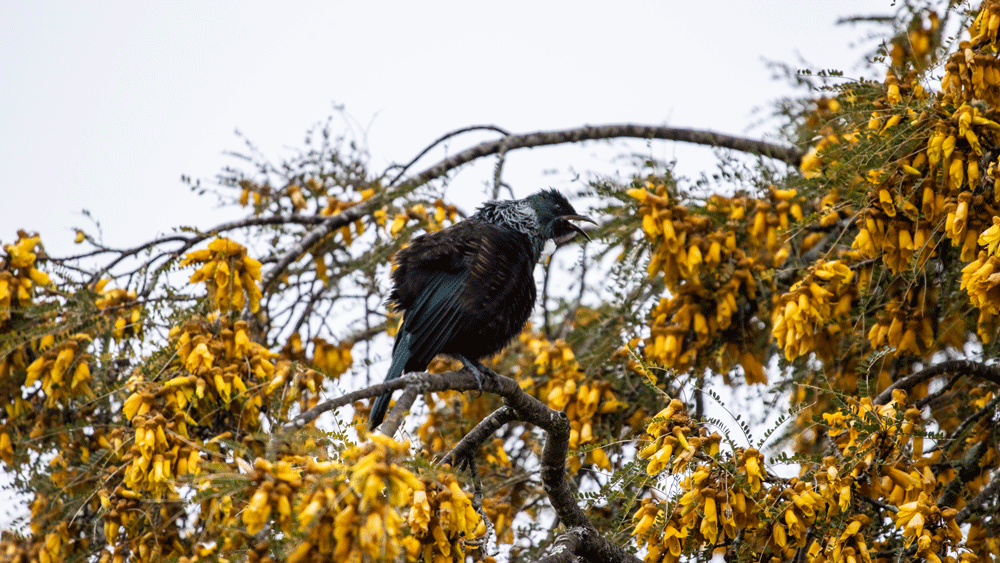
Heaven, now
There are certain moments in life that provide a glimpse of that future reality. When I experience such incredible beauty as what I saw that evening in Te Anau, I’m reminded that this is both how the world was made to be, and that this is how the world will one day be again. For all our art and architecture, money and machines, politics and progress, very little has the power to overawe and amaze like the beauty of God’s good world. When I think of the night sky with all its billions of star systems, supernovae and celestial phenomena, any satellite or space station we’ve constructed seems, by comparison, a child’s toy. When I consider the inner workings of the human body, any electronic device or piece of code seems, by comparison, a crude cave drawing. When I witnessed the still, grand beauty of Te Anau and its surrounding lakes, hills and mountains, I was reminded that one day soon, everything in this world will be remade to be like the scene in front of me. Not a carbon copy to be sure, but to the same standard: pristine, untouched—perfect. Every victim of injustice, tragedy and disaster will be vindicated on that day. Every broken heart, abused body and downcast mind will be healed. And every cut-down tree, mine-blasted mountain and contaminated river will be made anew in the Day of the Lord.
I can’t wait for that day. And when it comes, I don’t want a mansion, a penthouse apartment or a private island. All I want is a little cabin perched on the edge of Lake Te Anau, where for eternity, I’ll be able to enjoy God’s good earth remade—just as it was meant to be.





